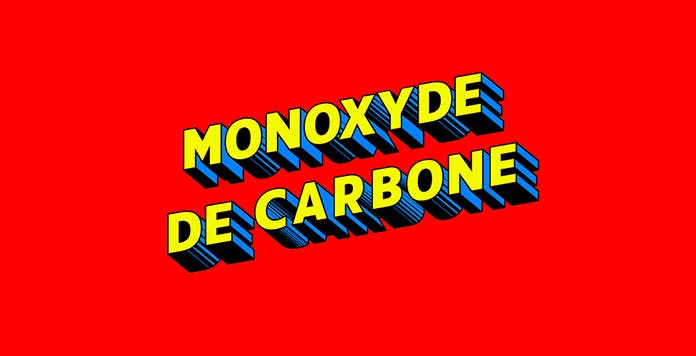
Keep cool by saving energy (and money !)
Our best tips for keeping the heat off this summer (and saving money at the same time).
By Luko by Allianz Direct
Our little guide to protect yourself from carbon monoxide, and avoid being intoxicated.

O joy, O despair, autumn and winter are on the way and we’ve turned our heaters on.
Heating, you say? (Unfortunate) risk of carbon monoxide poisoning. Every year, victims are counted by thousands, according to the INPS.
So we joined Everyday Heroes and present you this little guide: this educational platform helps you save lives. Yes yes, just that.
We talk about it every year - this generates thousands of victims. Let’s focus a bit on this nasty gas.
Chemical formula: C≡O
Carbon monoxide is an undetectable asphyxiant gas. Indeed, it is invisible, odorless and not irritating. It mixes with the air without worry since they have almost the same density. So no way to notice his presence! Vilain.
Warning – this is where you get your Physics and Chemistry books out.
Carbon monoxide (also called CO) is formed when there is incomplete combustion of carbonaceous material. Let me explain. Carbon monoxide is created when organic materials (gas, wood) catch fire under conditions where the oxygen supply is not sufficient. Actually, carbon monoxide (CO) is a non-complete and asphyxiating version of carbon dioxide (CO2).
Would you like to receive our pieces of advice and tips ?
Subscribe to our newsletter to get the best of Luko in our mailbox.
Carbon monoxide poisoning is the leading cause of death from intoxication in France. In 2017, we count 3,354 poisoned people, and around 100 deaths.
Through the lungs, carbon monoxide attaches to red blood cells, and prevents them from properly carrying oxygen into the body.
As a result, your body is running out of oxygen, which is no longer transported or assimilated. This gas is diffused very quickly and can sometimes be fatal in less than an hour.
Take note of the main symptoms:
80% of carbon monoxide poisoning occurs in private dwellings.
The main culprit? Your boiler 🔥
🕵️ Keep a close eye on all heating or cooking appliances that apply with the following:
When they do not work properly, they can produce carbon monoxide.
Some appliances, if used indoors, can also produce carbon monoxide:
⚡️ All electric? You’re safe then!
1. Ventilate housing by opening doors and windows
2. Turn off heating and cooking appliances that either run on gas or wood. One of them is probably responsible for the release of carbon monoxide!
3. Leave your home as soon as possible so you do not have to be exposed any longer. Do not stay in the stairwell, really go outside the building.
4. Call for rescue 🚒 (18 = firefighters, 15 = UAS)
Want to practice these life-saving actions? Go to the Everyday Heroes website for a simulation as real as possible.
To avoid danger, here are 5 tips:
Call a qualified professional. He will come to check your heating, hot water and flue systems and he can give you a certificate of conformity / safety
This is a small box that is fixed in its housing to analyze the ambient air. Too much carbon monoxide in the air? He starts ringing to alert you. Simple, basic: it would be a shame to deprive oneself of it.
Even if it is cold outside ❄️ Beyond carbon monoxide, it is strongly recommended to air every day its home to renew the air. In fact, the indoor air is more polluted than the outside air. In addition, it allows to have a drier air, and therefore easier to heat.
These systems (VMC) are made to renewing the air of your home. Remember, you need oxygen to breathe;) Also be careful that your ventilation systems are in good condition (not too much dust). They are most frequently found in your bathroom or kitchen.
You have more questions on the subject? Everyday Heroes and ourselves will be happy to keep enlightening you on the subject.
Do not forget: A-E-R-A-T-E, even in the winter 🌬


Linked articles

Keep cool by saving energy (and money !)
Our best tips for keeping the heat off this summer (and saving money at the same time).
By Luko by Allianz Direct